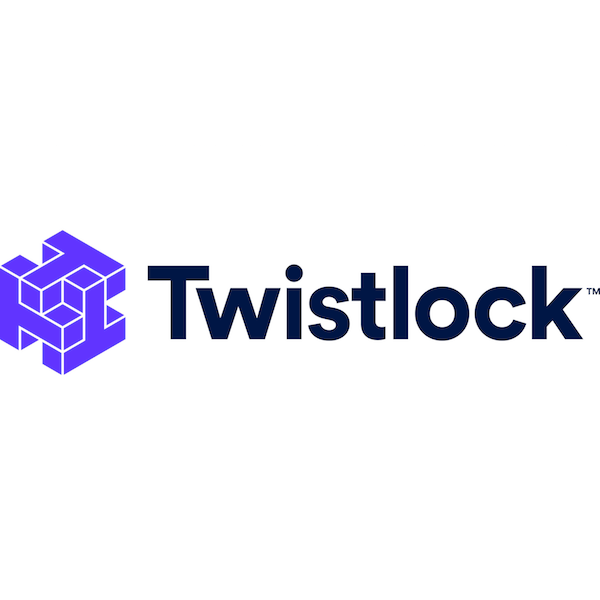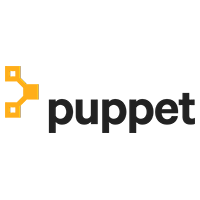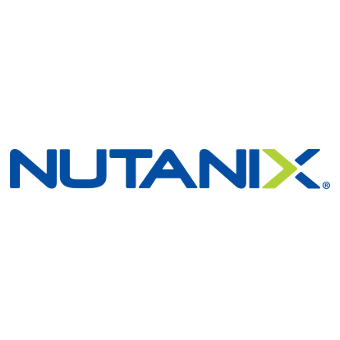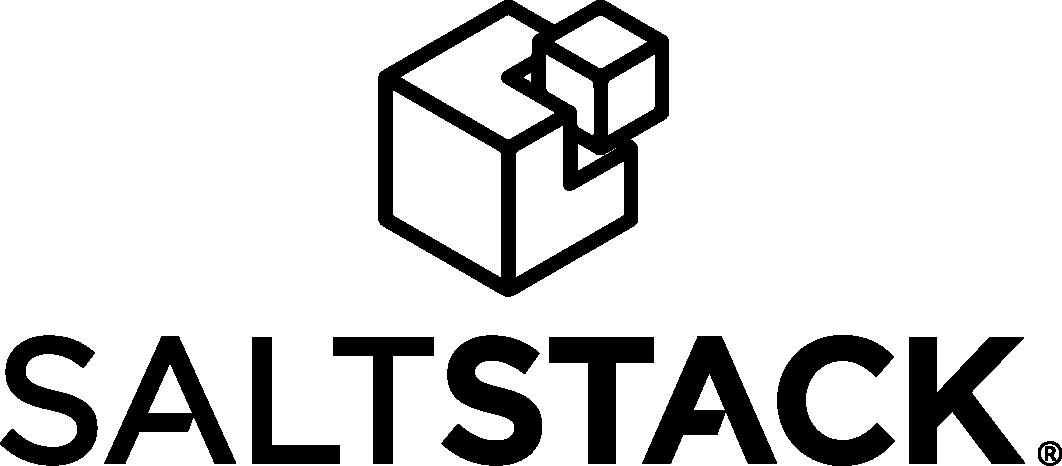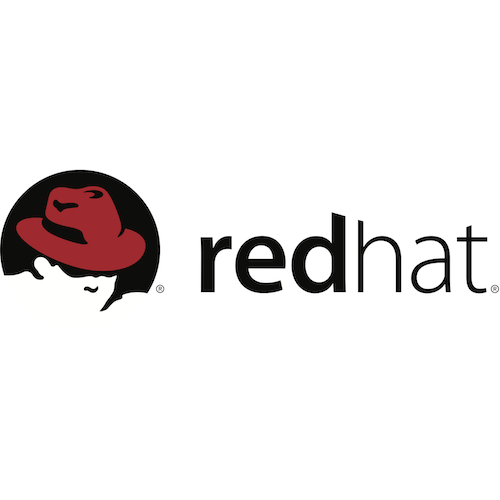What Are You Running? PuppetDB Knows.
Infrastructures are growing rapidly and becoming more complex. Wouldn’t it be great to have an easy way to keep track of your nodes and what’s running on them? If you’re using Puppet Enterprise you have one already: it’s called PuppetDB. You can use PuppetDB with open source Puppet too.
PuppetDB automatically stores a lot of data about all of your Puppet managed nodes, including all of their facts and resources. At Puppet our Site Reliability Engineering (SRE) team uses PuppetDB as the source of truth about our Puppet managed nodes. We’ll show you how you can leverage PuppetDB to learn more about your infrastructure.
In this talk you’ll learn how to tap into your already available PuppetDB data in three ways:
- Using the Puppet Query Language (PQL) CLI
- Queries in your Puppet code for dynamic service discovery
- Grabbing data from the PuppetDB APIs using Python
We’ll also show you some ways you can make additional data available in PuppetDB, using custom facts and defines. And we’ll give you a look at a how we use these techniques on the SRE team at Puppet, including code examples.
If you haven’t mined your PuppetDB data, it’s a lot easier than you might think.
Speakers
Rich Burroughs
Rich Burroughs has been a Site Reliability Engineer at Puppet since October 2016. He started using Puppet a few years before that, after specializing in deploying artisanal handcrafted Java app ...
Daniel Parks
Daniel Parks worked as a system administrator at Puppet until he got pushed into management for using plusignment too much. Before Puppet his life was full of sadness because he managed servers by
...





